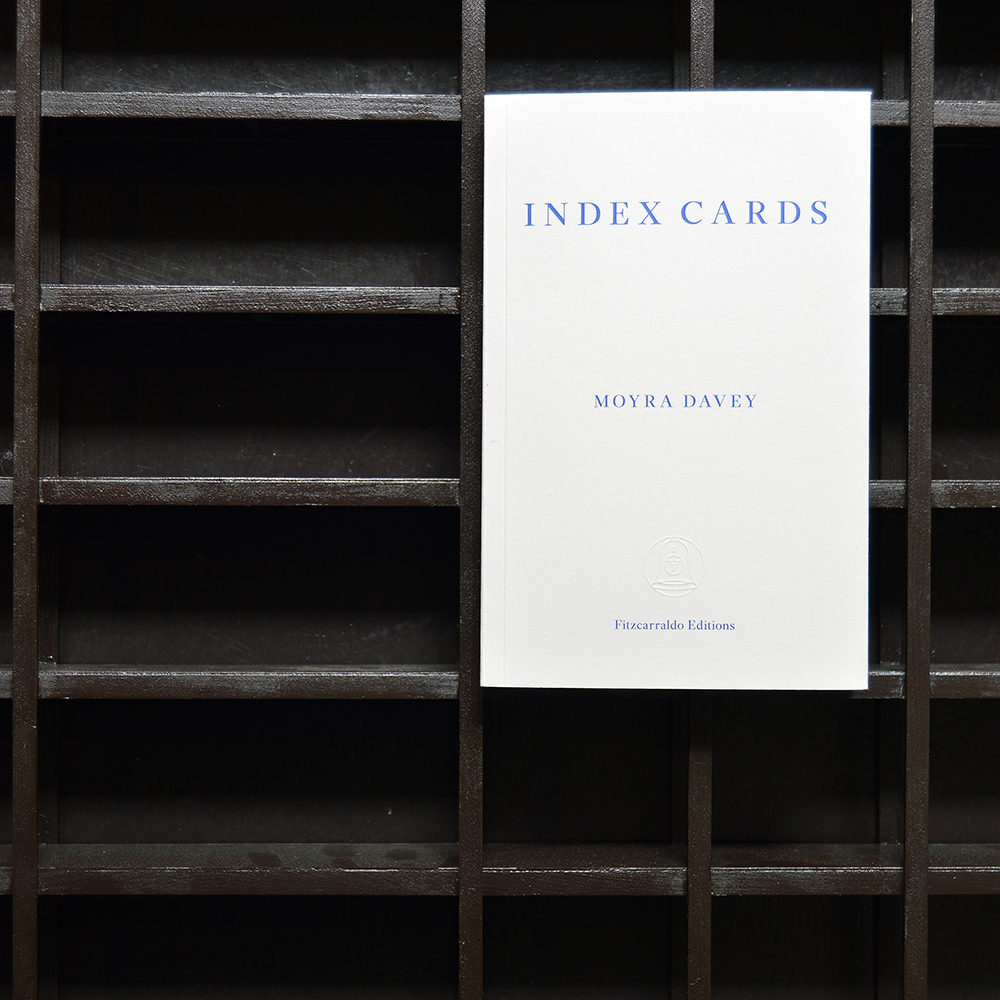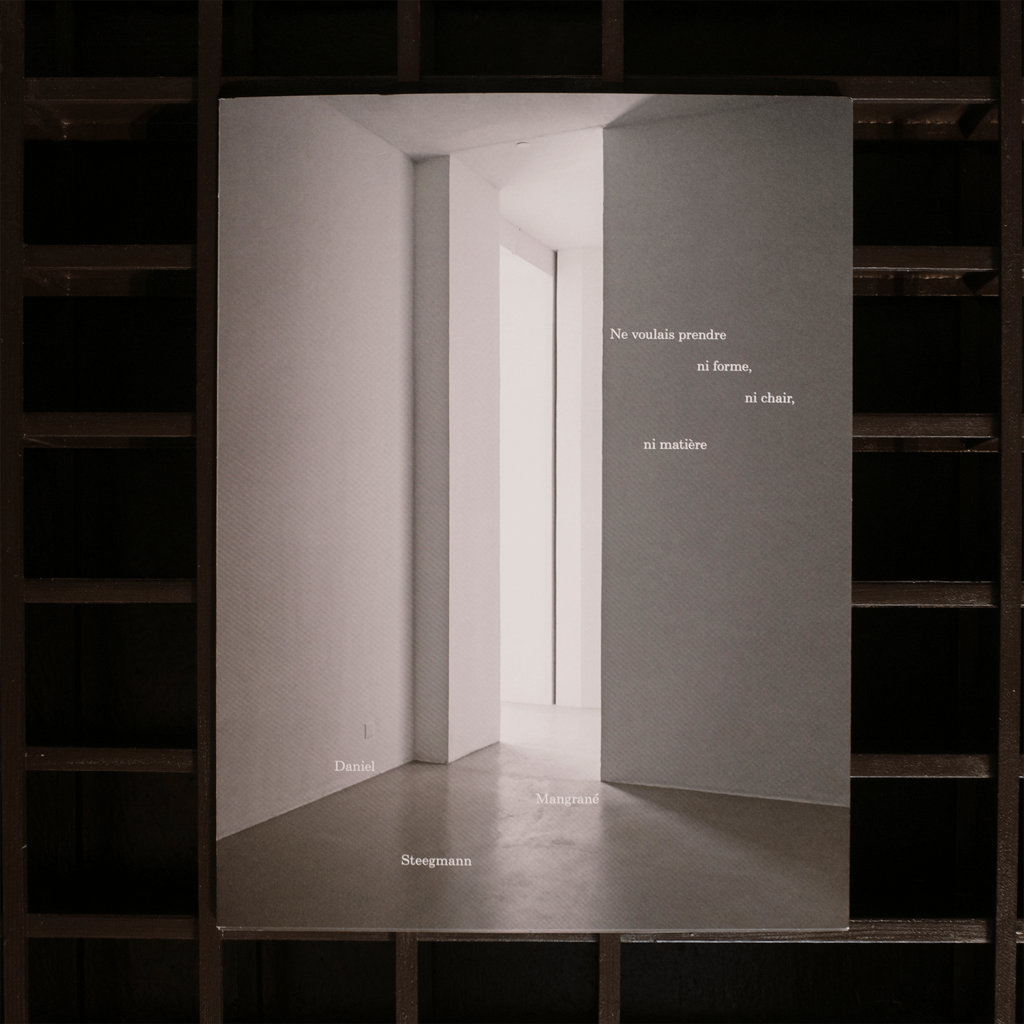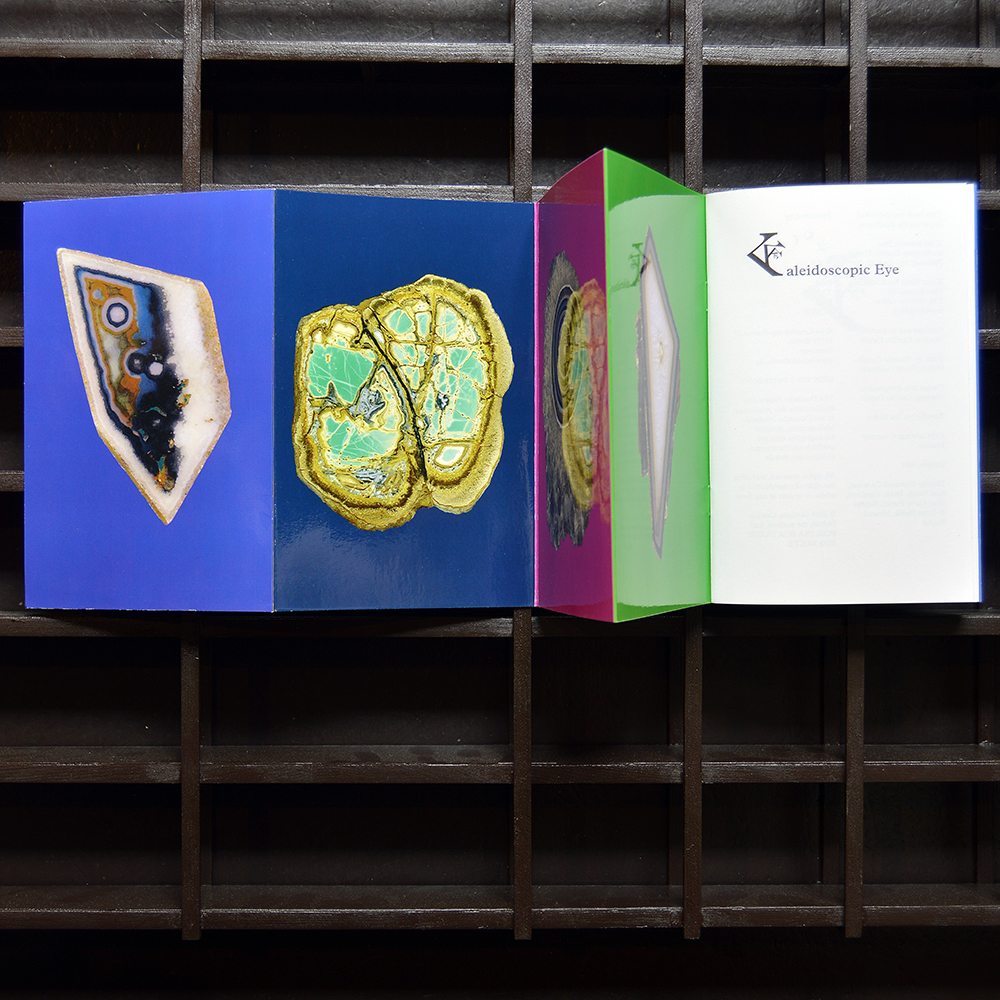** Our bookshop in Berlin-Mitte has closed ** Orders available only via www.bomdiabooks.de **

The artist book in fugue, which was produced for the exhibition of the same name at the Kunstverein Hannover, is the first comprehensive publication on the artist Isabel Nuño de Buen. The book develops a parallel narrative to the exhibition by presenting the works through a subjective cataloguing system that corresponds to the central elements of her practice: intuition, improvisation and process-based thinking between drawing, sculpture and installation. Exhibition views are combined with a re-imagination of the works within the space of the book, bringing together photographic reproductions with drawing and colour. The stitch binding technique of the book was specially developed and is partly handmade by the artist. The publication provides a profound insight into the artist’s multi-layered oeuvre, which oscillates between sculpture, installation, and drawing and focuses on a fascinating subjective world of forms and thoughts. ↑ ↓ ↓
€35,00

The motifs produced during time-intensive dyeing processes – which uses indigo, urine, and extracts of natural waste materials – are neither conventional fabric nor lace patterns, and they have only a distant relationship to batik painting. Yet, they are simulations and portraits of both. Pattern Nor Painting starts in a batik Workshop in Bantul, Indonesia where an artist reconnects with her blank canvas and the batik techniques she learned from an artist in Serekunda, the Gambia many years ago. As documented in this publication Van Hoorebeke’s installations and performances deftly combine unique textiles and ceramics with production-chain goods, ranging from car parts to strawberry jam. Engaging with ages-old traditions of batik production for present-day communities and settings, her work embodies ancient craft, story-telling, time, female thinking, and above all, a connection to the natural world. ↑ ↓ ↓
€28,00
SOLD OUT

In these essays, the acclaimed artist, photographer, writer, and filmmaker Moyra Davey often begins with a daily encounter - with a photograph, a memory, or a passage from a book - and links that subject to others, drawing fascinating and unlikely connections, until you can almost feel the texture of her thinking. While thinking and writing, she weaves together disparate writers and artists - Mary Wollstonecraft, Jean Genet, Virginia Woolf, Janet Malcolm, Chantal Akerman, and Roland Barthes, among many others - in a way that is both elliptical and direct, clearheaded and personal, prismatic and self-examining, layering narratives to reveal the thorny but nourishing relationship between art and life. ↑ ↓ ↓
€14,00
SOLD OUT

This publication documents the exhibition “Ne voulais prendre, ni forme, ni chair, ni matière” by Daniel Steegmann Mangrané at the Institut d'Art Contemporain de Villeurbanne, France in 2019. The catalogue includes first translations into French of the poems of Stela do Patrocínio, a Brazilian outsider poet who has longly inspired the artist in his research. Daniel Steegmann Mangrané has created a polymorphous work (drawing, sculpture, film, installations, etc.). His arrival in Brazil in 2004 was motivated by his fascination for the Amazonian forest – as a child he wanted to be a biologist, an entomologist or a botanist – as well as his discovery of Brazilian artists, Lygia Clark and Hélio Oiticica. Beginning at end of the 1950's, for the founders of the Neo-Concrete movement, intuition, subjectivity and public participation managed to reconcile outdated dualisms, starting with the commonly acknowledged opposition between object and subject. Also nourished by anthropology and the poems of Stela do Patrocínio, one of which inspired the title of this exhibition; in his work Daniel Steegmann Mangrané mixes natural and cultural forms. He explores how the living is entangled with its environment, experimenting with space as an area of the sensitive and of relationships. Impregnated by the Amerindian perspective of anthropologist Eduardo Viveiros de Castro – who blurs the distinction between human and non-human – and by the thinking of Philippe Descola who strives to go beyond the Nature-Culture dualism, Daniel Steegmann Mangrané intends to totally and profoundly transform the space of the IAC. And so, the path of the exhibition generates new vanishing lines, changing perspectives which open out towards the exterior. Defined by a sensitive geometry, driven only by rays of natural light that penetrate the gloom, it encourages exploration and groping and fumbling, as if willing visitors to rediscover the essence of the living itself. This path through the exhibition also translates the artist's fascination for the notion of dissolution, a dissolution of the subject which is likely to lead to an awareness of its surroundings. ↑ ↓ ↓
€24,00

A new wave of artistic activism has emerged in recent years in response to the ever-increasing dominance of authoritarian neoliberalism. Activist practices in the art field, however, have been around much longer. As Oliver Marchart claims, there has always been an activist undercurrent in art. In this book he traces trajectories of artistic activism in theater, dance, performance, and public art, and investigates the political potential of urbanism, curating, and “biennials of resistance.” What emerges is a conflictual aesthetics that does not conform with traditional approaches to the field and that activates the political potential of artistic practice. Oliver Marchart is a political theorist and philosopher. He is currently professor of political theory at the University of Vienna. His books include Post-foundational Political Thought: Political Difference in Nancy, Lefort, Badiou and Laclau (2007), Thinking Antagonism: Political Ontology after Laclau (2018), and the forthcoming Post-foundational Theories of Democracy: Reclaiming Freedom, Equality, Solidarity. ↑ ↓ ↓
€18,00
SOLD OUT

Kaleidoscopic Eye departs from an argument between André Breton and Roger Caillois. The confrontation arose from their discovery of Mexican jumping beans—beans that make sudden movements and leap into the air. Caillois conjectured that larva or some other animal was making the beans move. Breton rejected his theory, accusing Caillois of being a closed-minded positivist who negated the marvellous and the poetic in his attempt to find a rational explanation. For Breton, absolute or objective chance blurred the borders of rationality, proffering a chaotic and stimulating universe: convulsive beauty. Caillois wrote a letter ending the relationship with Breton, declaring his attempt to reconcile research with beauty. Caillois sought to examine chance, chaos, and the irrational with the goal of finding a pattern similar to the structure of coral. T his structure should combine, in one system, everything that had until then been systematically excluded—a structure capable of taking into consideration all the possible forms of reality. Kaleidoscopic Eye was first published as part of the exhibition Kaleidoscopic Eye, in 2009 at Kunst Halle Sankt Gallen, now republished in its second edition. ↑ ↓ ↓
€24,00